
When Evernote's cofounder, Phil Libin, stepped down in 2015, there was lots of industry speculation about the note-taking company's future.
Business Insider republished a popular opinion piece by Josh Dickson, which described the company as "the first dead unicorn," and compared it unfavourably to newer rival Slack.
In an interview with Business Insider, Libin's successor, former Google executive Chris O'Neill, said the company had more paying users than Slack, and suggested it would outlive competitors like Google Keep and Microsoft's OneNote.
"Keep is a hobby, and I know that because I was there for 10 years, and who knows what they're going to do with it. It was one of those products that never really seemed to have full dedication," said O'Neill, who was previously head of global business operations at Google X. "That's what happens at large companies, there are products that are not their main business."

A bigger worry might be Microsoft's OneNote, which offers some of Evernote's premium features for free.
"Do people love Microsoft?" countered O'Neill. "We're a productivity application that people love."
To prove his point, O'Neill produced a photo of a female Evernote colleague who had been approached by a stranger wearing an Evernote t-shirt. Companies like Microsoft, he implied, don't inspire that kind of love.
He reeled off a list of celebrity Evernote users: Jimmy Fallon, Steve Colbert, and "the most successful entrepreneurs" in Silicon Valley. Investment firms Sequoia and Andreessen Horowitz also pay for Evernote access.

Evernote is working on more encryption options
O'Neill also addressed a privacy policy change from December which caused major blowback from users.
At the time, the change appeared to suggest employees would be able to read people's private notes.
One user wrote in response: "I find your coming update for a more 'personalized' Evernote very upsetting. You will change your privacy policy and have your staff look into people's private sphere to help 'technology' make Evernote more 'personalized'? I hate Facebook because it gives me what it THINKS I like. There you are. Why leave a [good] concept for a bad one? Who asked for this? Count me out, I don't need you."
And a headline at the time from The Next Web read: "Evernote employees will be able to read your notes – here's how to stop them."
O'Neill said any reports of Evernote employees reading notes were "totally false."
"We communicated very poorly [and] said, 'Hey, there are situations where we will access your account.' And that's common to any internet company. If law enforcement comes to us with authorised court order, we will fight it, but ultimately we need to adhere to the law, we need to provide access to notes," he said.
The "vast majority" of complaining users, he added, were responding to "headlines that were factually incorrect."
The episode led some users to ask for "Zero Knowledge" encryption, where Evernote would know nothing about the data it stores.
O'Neill said the company would expand its encryption — though he added that if the company "encrypted every aspect," people wouldn't be able to search their own notes. The way Evernote works is that people can write information into notes. Multiple notes can then be stored in categorised "notebooks."
"We already provide you with encryption at the entity level, so you can encrypt [text] in a note," he said. "We want to elevate that at one level higher to the note itself."
That means Evernote won't be offering the ability to encrypt entire notebooks just yet.
Evernote doesn't need to raise more money
After a period of cost-cutting, Evernote is financially stable, O'Neill said. He rebuilt the executive team and shuttered the company's operations in Russia, Korea, Taiwan, and Singapore.
Restructuring the company, and focusing on turning hardcore users into subscribers, has turned Evernote into a "cash-flow positive" business, he added.
"We're not worried about raising more money," he said. "We're thinking about the next decade of existence and aggressively investing."
Evernote has 200 million registered users, though O'Neill won't give active user metrics. With the company on track for 2 million paying customers, that suggests less than 1% of the userbase are paying subscribers.
Unsurprisingly, Evernote is focusing on converting the people who are most addicted to its products. "The focus is on people who are deeply engaged in the product, who use us multiple times in a month, day or week. We're looking at establishing Evernote as a habit."
And is the company a dead unicorn, as per Josh Dickson's post?
"We couldn't be further from that," O’Neill said. "I say that sometimes I like to be underestimated, and the proof is in the pudding. We're attracting and hiring phenomenal people, the financial performance has never been stronger in the company's history. In pretty much every metric you look at, we're in the best shape in the company's history."
He added: "I wasn't pleased at that [post] at the time, I felt it was mostly unfair. We did have room for improvement."
It's possible Evernote may never recover its original buzz. Since Business Insider's interview with the company, a new competitor has emerged in note-taking app Bear, which has won praise from Evernote users.
O'Neill is philosophical about whether Evernote's in the public favour or not.
Quoting a 2015 post by Square's head of communications, Aaron Zamost, he said: "Tech journalists force a narrative on a company. It comes around, you go from irrelevance, to doing no wrong, to doing no right, then it comes back and you start all over again. I know how the game works, I just have to tune out the noise. We've tuned out the noise."
Join the conversation about this story »
NOW WATCH: Apple just released this beautiful drone video of its new 'spaceship' campus





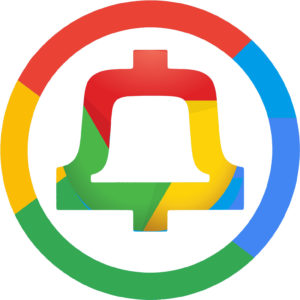
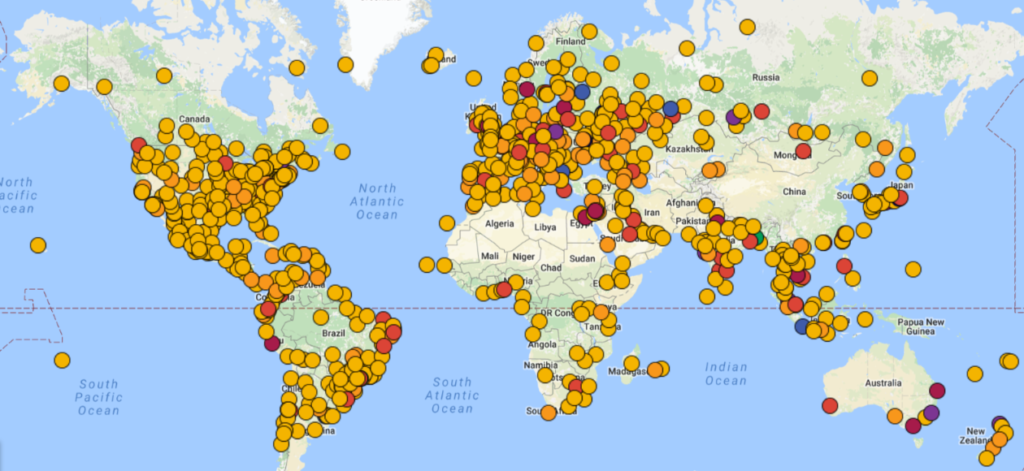

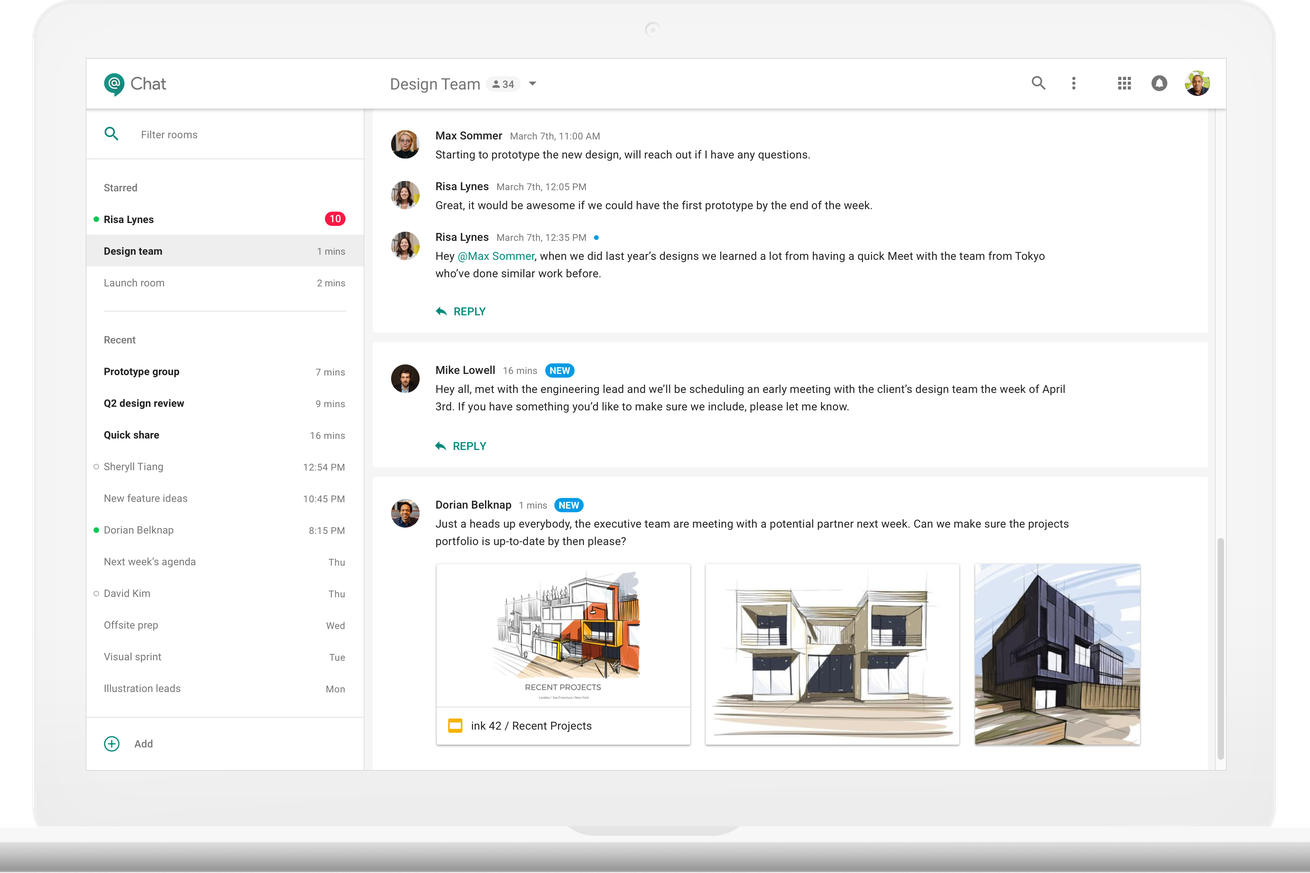
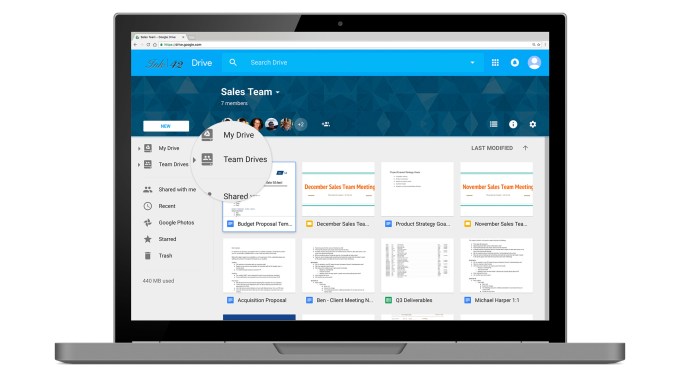 Google today announced a number of major updates to Drive, its online file storage service, which all aim to make it more useful for the company’s business and enterprise users. In addition, the company announced that Drive now has 800 million daily active users, which probably makes it the largest online file storage service in the market today.
Google today announced a number of major updates to Drive, its online file storage service, which all aim to make it more useful for the company’s business and enterprise users. In addition, the company announced that Drive now has 800 million daily active users, which probably makes it the largest online file storage service in the market today.  Google’s delivering on its promise of keeping its interactive whiteboard under $6,000. Priced at $4,999, the Jamboard is just a hair more expensive than the 55-inch version of Cisco’s Sparkboard and considerably less so than the $8,999 Surface Hub, which was both the first of the trio to be announced and first to market when it started shipping last March.
Google’s 55-inch…
Google’s delivering on its promise of keeping its interactive whiteboard under $6,000. Priced at $4,999, the Jamboard is just a hair more expensive than the 55-inch version of Cisco’s Sparkboard and considerably less so than the $8,999 Surface Hub, which was both the first of the trio to be announced and first to market when it started shipping last March.
Google’s 55-inch… 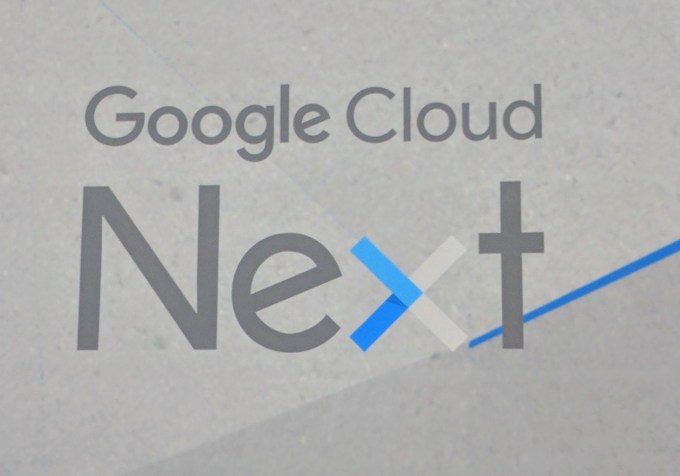 Here’s some welcome news for Gmail users: Google is adding support for third-party add-ons that can integrate directly into the service. There are plenty of services that add functionality to Gmail already, of course, but they typically do that through a browser extension. With this new capability, which Google announced at its Cloud Next conference in San Francisco today, users will be…
Here’s some welcome news for Gmail users: Google is adding support for third-party add-ons that can integrate directly into the service. There are plenty of services that add functionality to Gmail already, of course, but they typically do that through a browser extension. With this new capability, which Google announced at its Cloud Next conference in San Francisco today, users will be… 


 The idea is simple: to help Facebook and other large-scale Internet cloud companies build faster, better, push-the-envelope hardware that costs less money than buying traditional servers from companies like HPE, Dell or Cisco.
The idea is simple: to help Facebook and other large-scale Internet cloud companies build faster, better, push-the-envelope hardware that costs less money than buying traditional servers from companies like HPE, Dell or Cisco. That's because people watch 100 million hours of video a day on Facebook; they post over 95 million photos and videos to Facebook and Instagram daily, and a good 400 million people now use voice and video chat every month on Messenger, Facebook tells us.
That's because people watch 100 million hours of video a day on Facebook; they post over 95 million photos and videos to Facebook and Instagram daily, and a good 400 million people now use voice and video chat every month on Messenger, Facebook tells us.

















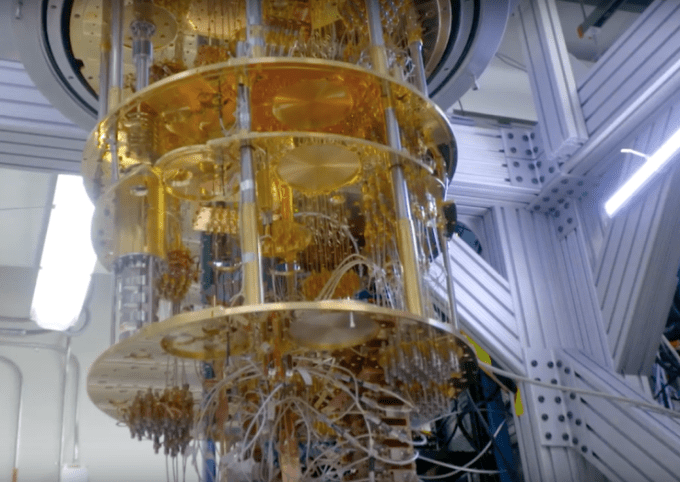 IBM announced today that it was updating its Quantum Experience cloud with a new API that it hopes will increase the abilities of researchers and other interested parties to build more sophisticated applications with its experimental quantum computing system.
Last May, IBM opened up its 5 qubit computer in its NY state labs to the public in the form of a cloud service. The hope was that by…
IBM announced today that it was updating its Quantum Experience cloud with a new API that it hopes will increase the abilities of researchers and other interested parties to build more sophisticated applications with its experimental quantum computing system.
Last May, IBM opened up its 5 qubit computer in its NY state labs to the public in the form of a cloud service. The hope was that by… 

 That means opportunity for Amazon, which has been giving game developers new ways to hook Twitch features into their games. For instance, games like
That means opportunity for Amazon, which has been giving game developers new ways to hook Twitch features into their games. For instance, games like 




